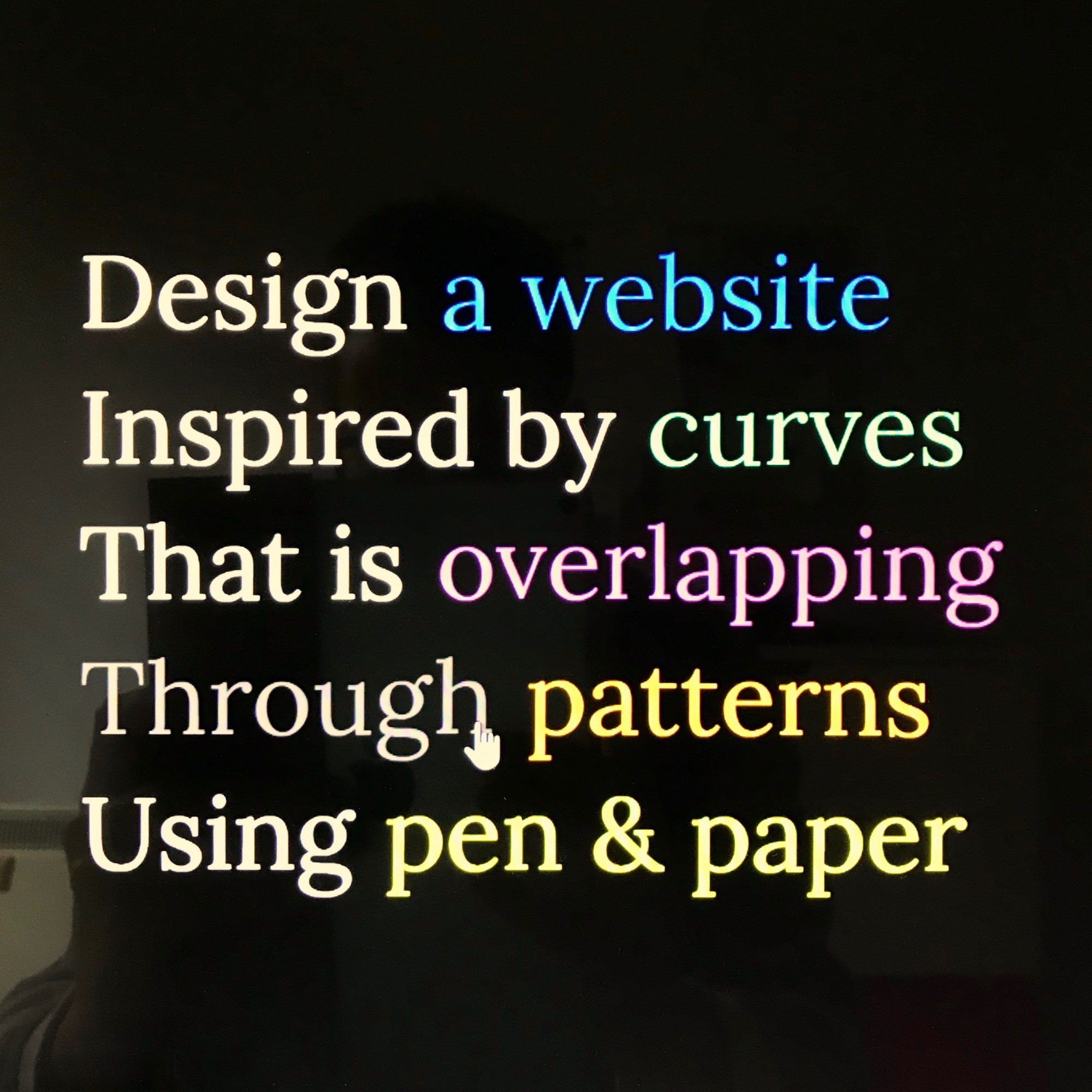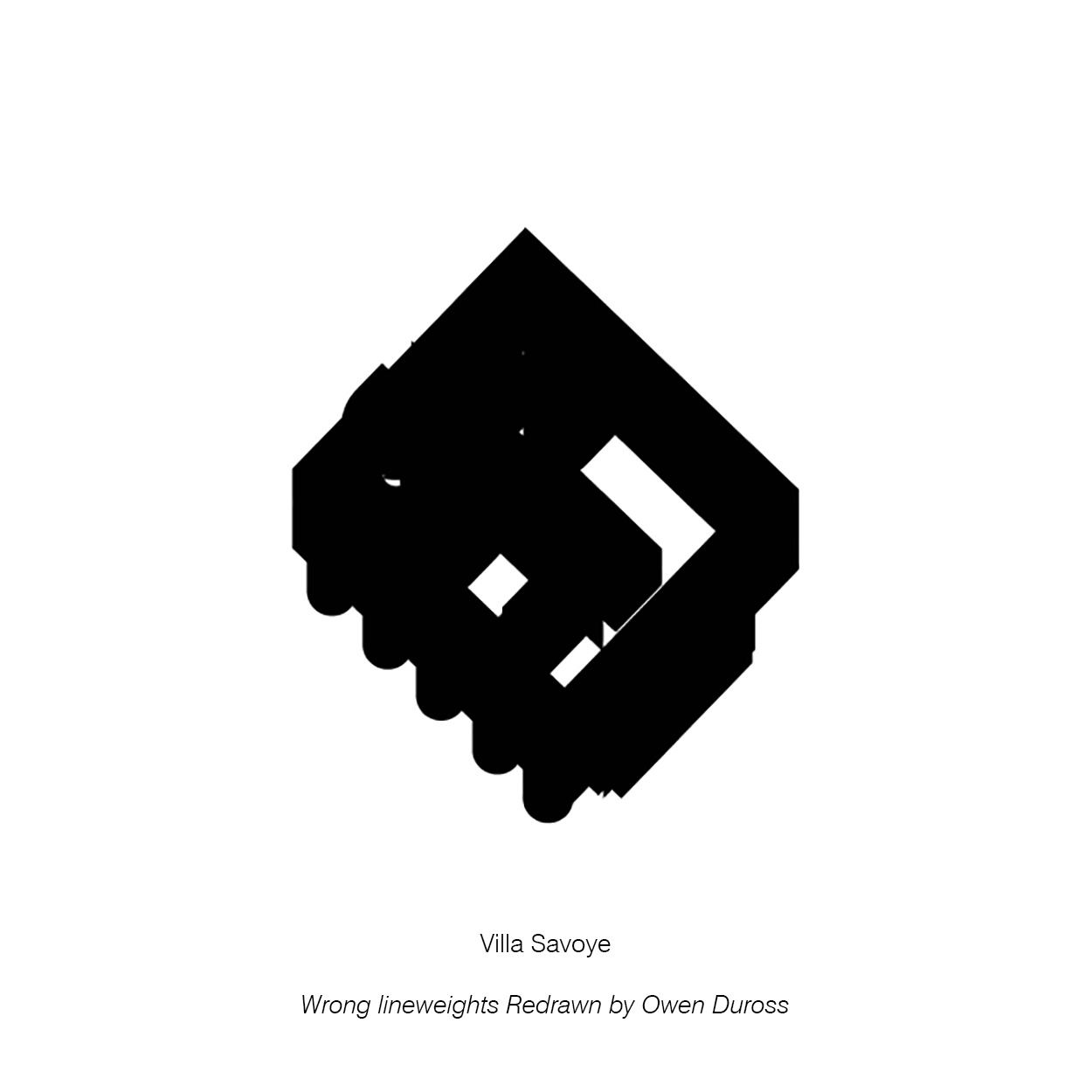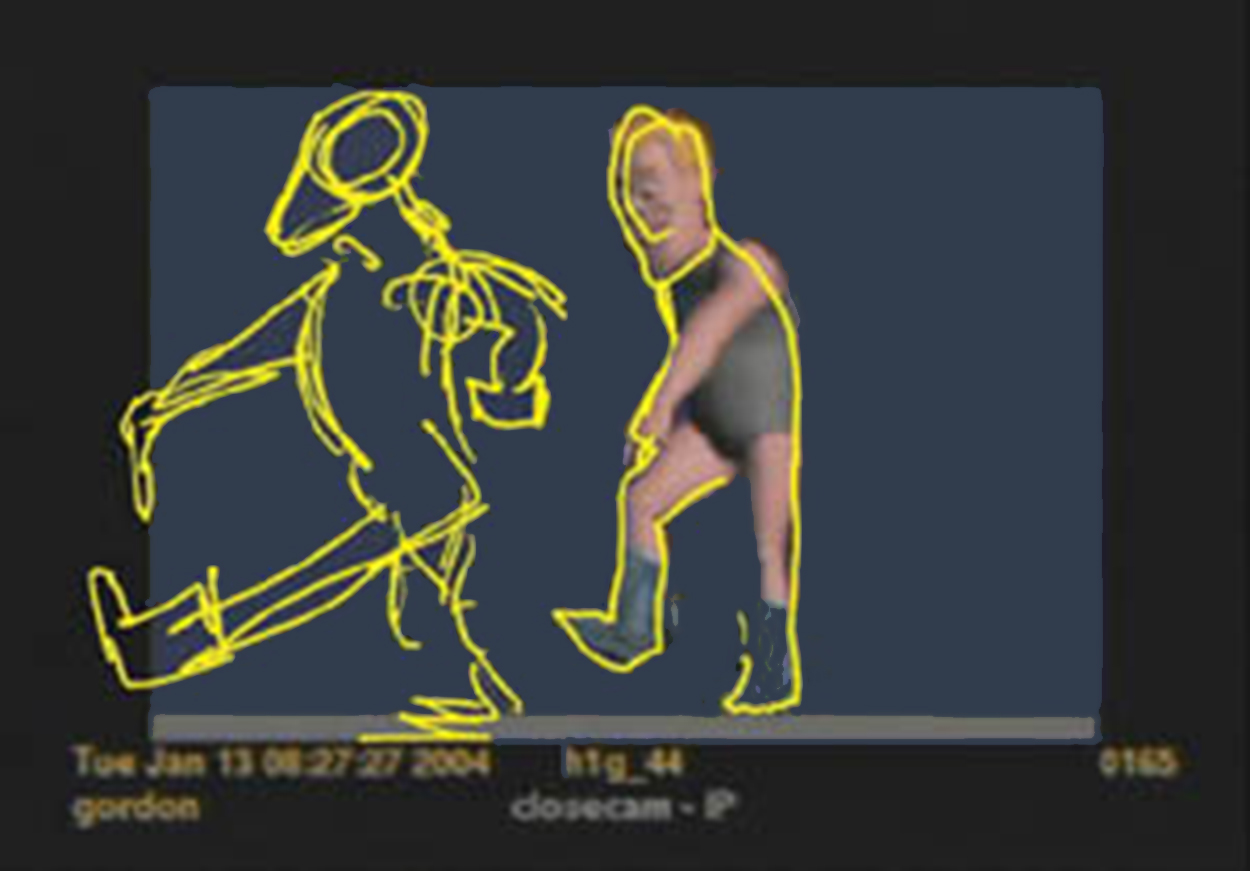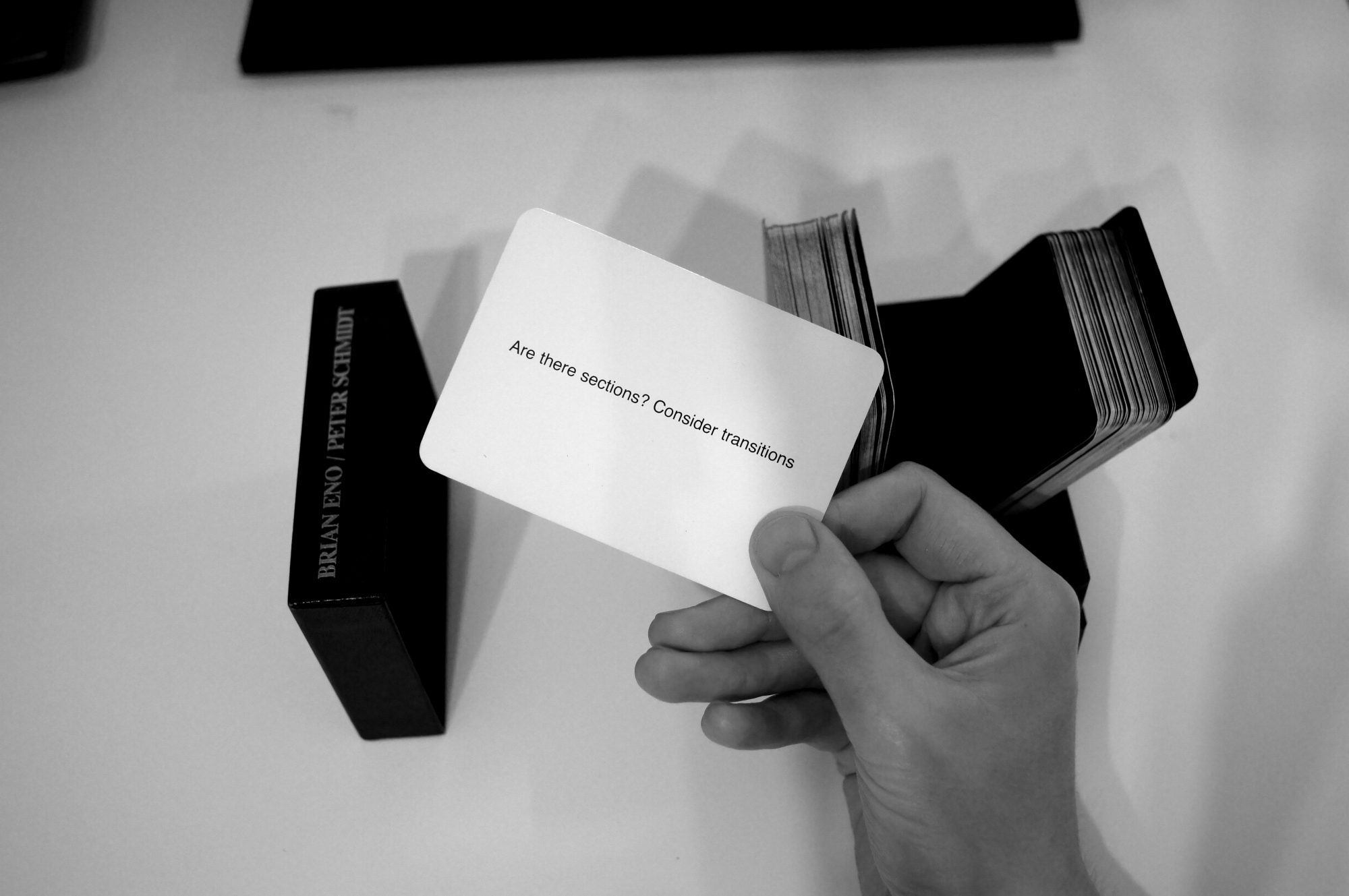design(human)design (MIT’s MadLibs For Designers)
A cool tool to spark imagination through nonsensical design prompts.
Try tool here
‘The game offers up problems that you’d never see in the real world as a bit of mind-opening creative exercise. Called design(human)design, the game has physical and digital manifestations as a deck of cards and a website, each providing a different interface for the same idea. According to the game’s structure, there are five categories that make up the basic components of a design: the artifact, the inspiration, the experience, the attributes, and the medium. In the card version, each of the these categories has its own deck of cards, and you pick five randomly to give you a new design prompt. On the website, you just hit refresh and the interface will present you with five usually unrelated concepts that together make up something like a brief.’ Co.Design
‘As a tool design(human) design) builds on insights about the design process inspired by research carried out at IDEO Cambridge. The idea is that there are a few design “variables” that designers play with, and that they often like to provoke their creativity with “random but purposeful” inspirations—which present the designer with a random selection of design variables to act as a “structured serendipitous” creative prompt.’ Overview MIT







